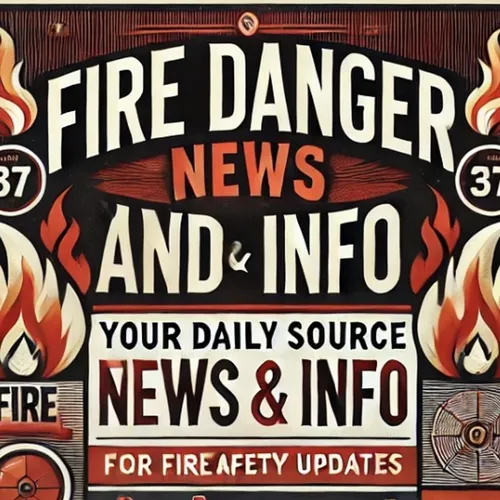Combating the Wildfires Ravaging the Western US: How USGS Wildland Fire Science Leads the Way
- Author
- Quiet. Please
- Published
- Sat 11 Jan 2025
- Episode Link
- https://www.spreaker.com/episode/combating-the-wildfires-ravaging-the-western-us-how-usgs-wildland-fire-science-leads-the-way--63660667
Wildfires have become increasingly destructive across the western United States, posing significant threats to both human lives and natural ecosystems. To combat these fires effectively, understanding and implementing fire science is crucial. The United States Geological Survey (USGS) plays a pivotal role in this fight through its Wildland Fire Science program, which harnesses cutting-edge research to mitigate the impact of wildfires.
In recent years, devastating wildfires have swept through states like California, Oregon, and Washington, fueled by climate change, drought, and human activities. These fires have resulted in loss of life, destruction of property, and long-term ecological damage. Effective prevention and management strategies are essential to address these challenges, and this is where the USGS Wildland Fire Science program comes into play.
The USGS Wildland Fire Science program leverages a multidisciplinary approach, integrating data from geology, hydrology, biology, and remote sensing to develop a comprehensive understanding of fire dynamics. By analyzing patterns of vegetation, weather conditions, and topographical features, scientists can predict areas at high risk for wildfires. This information is vital for federal, state, and local agencies to plan and allocate resources efficiently.
One of the key aspects of the program is the development of advanced technologies to monitor and model wildfires. The use of satellite imagery and Geographic Information Systems (GIS) enables researchers to track fire progression and assess damage in real time. These tools also aid in post-fire recovery, helping to identify regions that require urgent rehabilitation efforts.
Moreover, USGS researchers are involved in studying fire behavior under different environmental conditions. This research helps in creating models that predict how fires spread, which can inform firefighting strategies and evacuation plans. Understanding the interaction between fire and ecosystems also allows for better management of natural resources, ensuring that biodiversity is preserved even in fire-prone areas.
Climate change is a significant factor increasing the frequency and intensity of wildfires. The USGS Wildland Fire Science program examines the implications of changing climate patterns on fire regimes, providing critical data to policymakers. By forecasting future scenarios, the program aids in forming long-term strategies that address the root causes of increased wildfire activity.
Public education and community engagement are also integral components of the USGS Wildland Fire Science efforts. By raising awareness about fire risks and promoting fire-safe practices, the program empowers communities to take proactive measures in reducing fire hazards. Resources such as workshops, educational materials, and the USGS Wildland Fire Science webpage offer valuable information to those living in vulnerable areas.
In summary, the USGS Wildland Fire Science program is at the forefront of efforts to combat wildfires in the western United States. Through innovative research and technology, it provides essential data and tools to understand, prevent, and manage wildfires effectively. As climate change continues to exacerbate the wildfire crisis, the role of fire science is more critical than ever. To learn more about how USGS science is making a difference, visit their Wildland Fire Science webpage.
